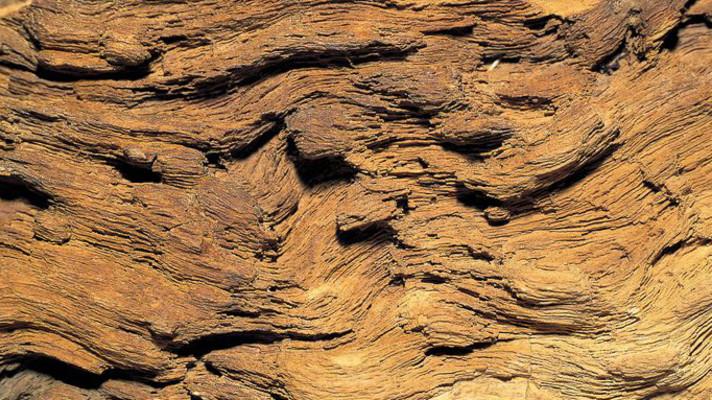Interesting Ancient Groudwater discovered in Northern Karelia
The water was hidden in Outokumpu's bedrock for tens of millions of years before it ended up in the researchers' bottles.
A Finnish-German research team has found ancient groundwater that is 30 million years old on average. The discovery was made in a 2,5 kilometre-deep drill hole, the Outokumpu Deep Drill Hole, which is the deepest hole in Finland. The research results were published in the Geochimica et Cosmochimica Acta journal.
Under Finland's conditions, it usually takes from tens to hundreds of years for groundwater to change. However, when the water flows deep into the bedrock through crevices, it can become trapped for a long time. It seems that this happened in Outokumpu millions of years ago.
During a period of millions of years, Outokumpu's ancient groundwater developed into quite a cocktail. Its salinity is as high was 70 grams per litre, which is twice as high as the salinity of ocean water.
Various gases dissolved in the water
- When a water sample is lifted up, the gases are released because of the lower pressure on the surface. This is similar to opening the cap of a mineral water bottle. When the pressure decreases, as much as one litre of gas is released from water found in the Outokumpu Deep Drill Hole. The most abundant gases include, methane, nitrogen, helium and hydrogen..
Although the composition of the gas resembles the natural gas used for energy purposes, this discovery does not make Finland the promised land of gas production. The reason for this is the density of the bedrock. There is very little gas compared to the rock mass. The amount of gas found in Outokumpu is, however, enough for research needs.
The age of the groundwater was hinted at by the presence of noble gases, which include, helium, neon, argon, krypton and xenon. Their atoms of a certain mass, isotopes, are created as the result of the breakdown of radioactive elements that naturally occur in rocks. These elements include uranium, thorium and potassium. When the isotope concentration of noble gases in the water is measured, it is possible to calculate the time it has taken for them to accumulate.
In Outokumpu this varies from four million to 60 million years. The age of most findings is approximately 30 million years. At that time, Outokumpu's 1.9 billion year-old bedrock had already eroded to its present level.
The inhabitants of the ancient water live in isolation
The ancient water is home to microbial populations that are likely to be as old as the liquid surrounding them. In the Deep Drill Hole, groundwater is found in separate layers where salinity and gas composition and concentrations vary. The microbial populations also differ from each other at different depths.
All signs indicate that these waters do not mix. The rock crevices are isolated not only from the Earth's surface but also from each other. This isolation requires that the microbes have adapted to the absence of sun's energy. They find nutrition from the surrounding rocks and material dissolved in the water.
ZDROJ, SOURCE: en.gtk.fi, kráceno
